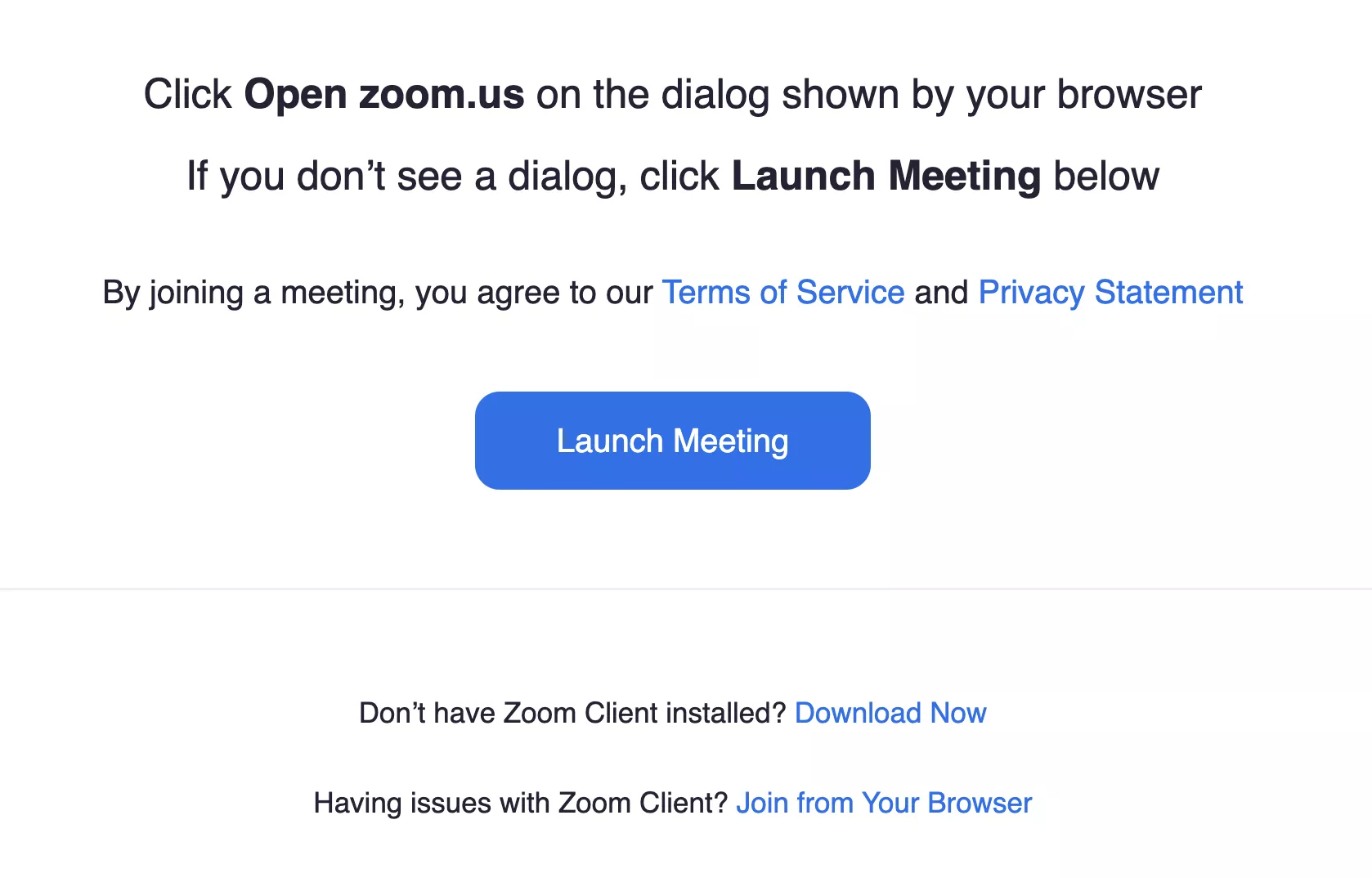You might have noticed: We are not Zoom. So we do not have all the detailed internal numbers.
However statistics about Zoom are not too hard to find.
According to Searchlogistics Zoom had 300 Mio. daily active meeting participants. This value is from 2021 though.
Although the stock has dropped quite a bit since the peak in 2021 fiscal reports show no sign of shrinkage in the revenue. Only reduced growth rates.
So it is fair to assume that the number of users is probably still usable.
Now we need the cost of the download. This is easy to get. Just open the explorer: 41.1 MB (macOS)
To construct a calculation regarding CO2 we need numbers on the cost of data transmission and grid intensities. You find everything on our CO2 Formulas page.
Base assumptions
- Grid Intensity: 0.436 kgCO2/kwH (worldwide average)
- Data Transfer Cost: 0.0028125 kWh/GB
- Download size: 41.1 MB (0.00411 GB)
- Daily Users: 300 Mio.
Desktop / Mobile
Now we need some final technical assumptions: How often will this download actually be triggered?
First of all we have to exclude people that have Zoom installed as app. This will capture the browser link and handle it. Also we have to exclude mobile users, as they will not trigger this behavior.
According to Statcounter the Desktop rate is at 39.75%. I think it is fair to say that not everybody will make a Zoom meeting on mobile and thus our desktop user share will be higher. To be conservative we will only raise this number slightly and assume that 50% of all Zoom users actually use a desktop device for conferencing.
LocalStorage & Cookies
When I refresh the page the download does not trigger again. But when I close my browser it happens again. Zoom stores a token in the localStorage of the browser.
My browser is configured to clear this on every page close. This is surely not the norm though!
According to Stackoverflow localStorage is cleared on different occasions:
- Every time the cookies are cleared
- When the browser is completely closed
- On Update
- … Some miscellaneous cases
So how often do people update the browser? And how often do people clear cookies?
Most modern browsers have an update interval of 14-30 days. And according to Clickz and GWI around 30 % of people delete cookies regularly (at least once a month if not weekly or daily).
So now we have all the moving parts together and can craft a calculation.
Additional assumtpions
- What we do not know is how people actually have the Zoom app already installed. We could not find a number anywhere. Here we assume 50 %.
Putting it together
Given that from our 150 Mio. people (remember: 50% Desktop) around 50% will have the Zoom app installed we have 75 Mio. people per day.
From these 75 Mio. people only 30% regularly clear their cookies.
Just to be safe and account for recurring people and people that have more than one Zoom meeting per day and stuff that we might have missed we will divide this number by 100.
This number is, slighty mathematical speaking, our safety margin so that some assumptions we made before are still allowed to be slighty off and we still can make a compelling case.
So our total actual people that will trigger this download are 0.75 Mio.
Users (Downlodas) * Download size * Data Transfer Cost * Grid Intensity = CO2
The final calculation will then be: 0.75 Mio * 0.0411 * 0.0028125 * 0.436 = 37.79 kg per Day
When we bring this number up to a year we are talking 13.7 tons of CO2 every year.

